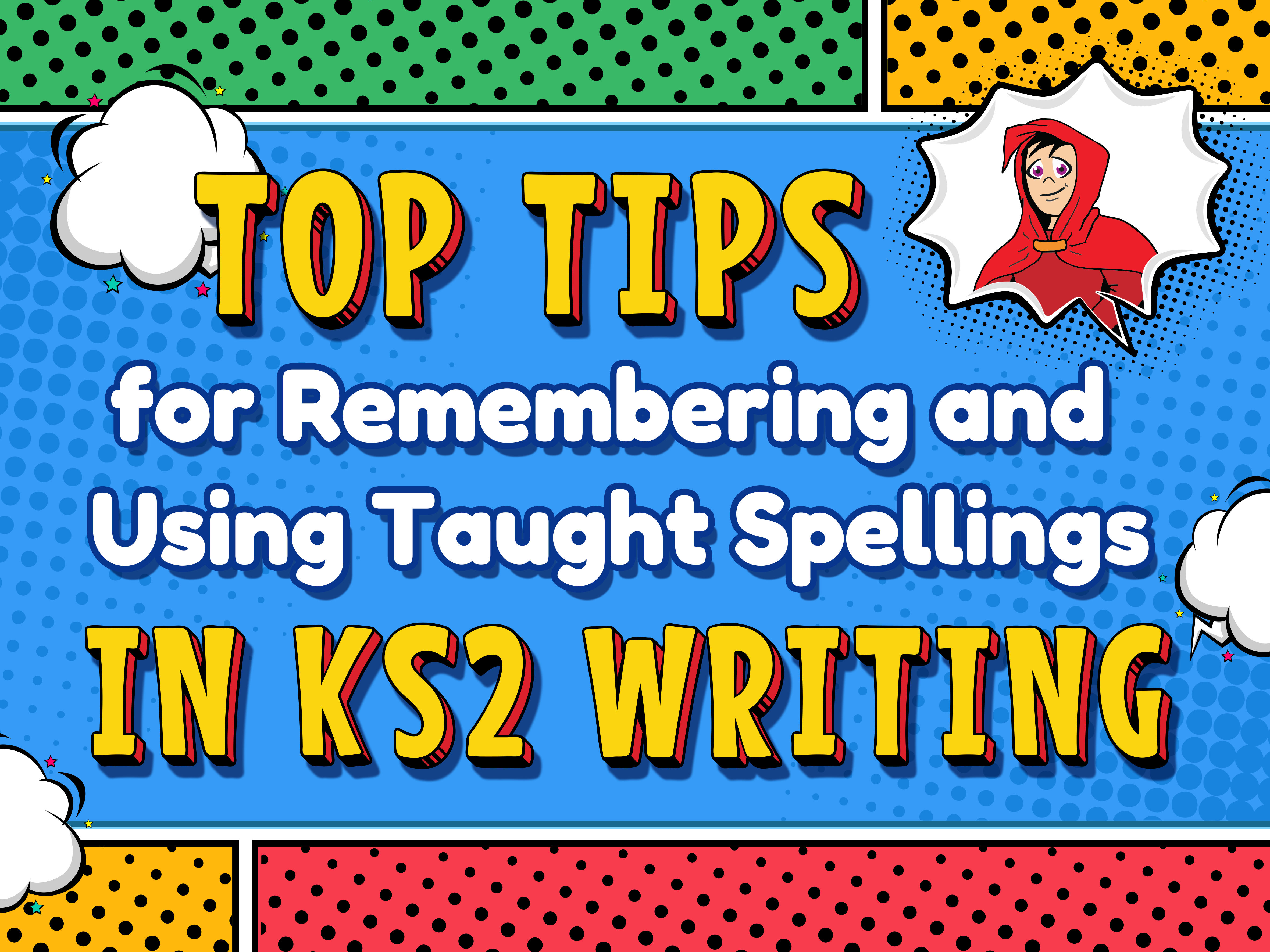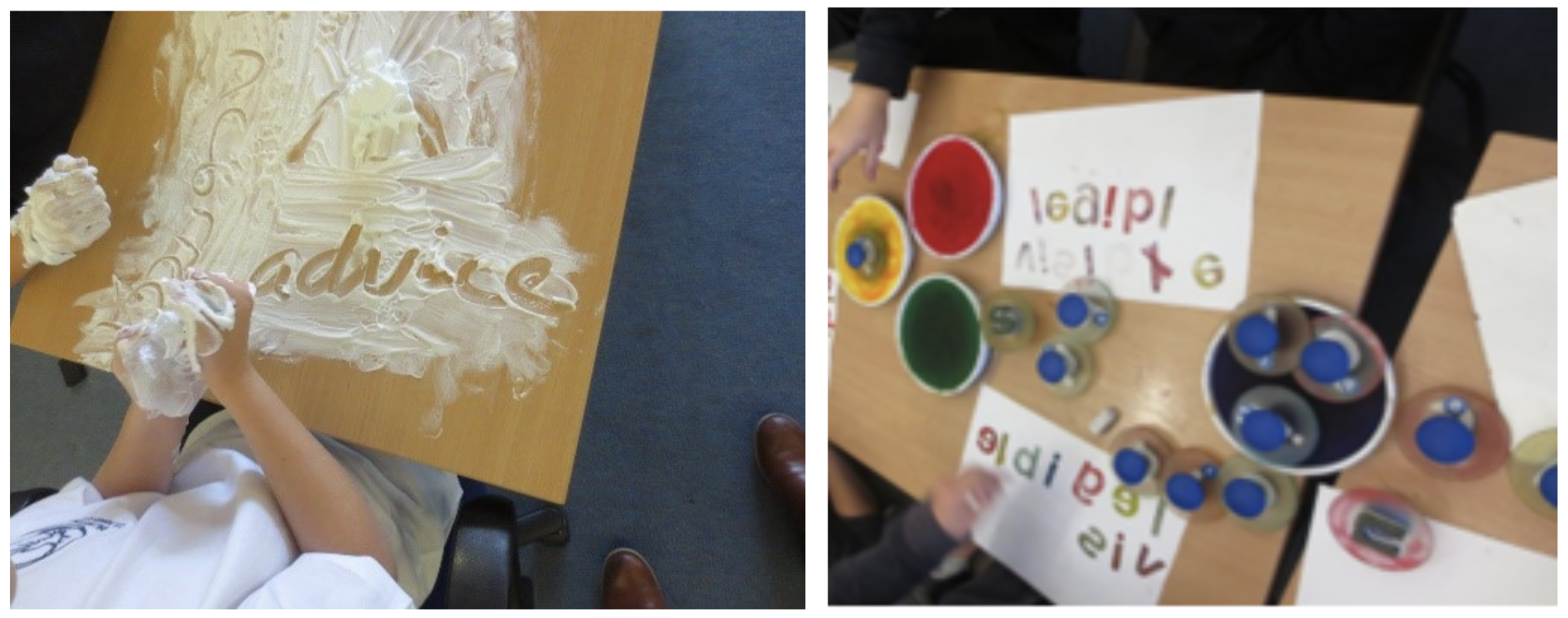

Helping children with Special Educational Needs (SEN) learn spellings in Key Stage 2 (KS2) requires patience and the right strategies. Here are some simple and effective ways to support SEN children in improving their spelling skills.
Written by Toni Evans (Literacy Expert for Superhero Spelling)
Involve multiple senses (sight, sound, touch, and movement) to help children learn spellings.

Why It Works:
Using multiple senses helps strengthen memory and make learning more engaging.
Create a word wall or display spelling charts to provide regular visual reminders of key words.

Why It Works:
Visual aids make spelling more accessible by reinforcing memory through sight.
Break down longer words into smaller parts (e.g., beautiful becomes beau-ti-ful). This helps children focus on smaller sections.
Why It Works:
This method reduces the amount of information to process, making it easier to remember.
Create simple rhymes or memory tricks for hard-to-spell words, such as:
Why It Works:
Mnemonics and rhymes help children remember words by linking them to something memorable.
Repetition is key! Have children write words multiple times, say them out loud, or quiz them regularly.
Why It Works:
Repetition helps move words from short-term to long-term memory.
Use apps or online games like to make learning fun and interactive.
Why It Works:
Technology engages children with games, making learning more enjoyable and effective.
Let children check their own spelling and pair them with a classmate for support during spelling tests.
Why It Works:
Self-assessment builds independence, and peer support helps reinforce learning.
Focus on sound-letter relationships. Teach children the sounds of letters and common letter combinations like “sh” or “ea.”
Why It Works:
Phonics helps children link sounds to letters, making it easier to spell new words.
Many of these strategies can be found within the superhero spelling programme, Take a look at www.superherospelling.com
Register
To get access to our FREE samples.